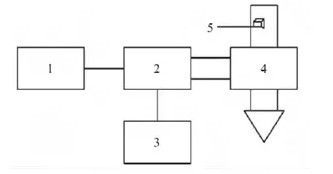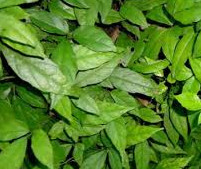Effects of Different Drying Processes and Slices on the Quality of Trifolium repens

Objective: To study the effects of different drying techniques and slices on the quality of Trifolium repens, and to optimize the drying methods of Trifolium repens. METHODS: Two treatments (slicing and non-slicing) and five drying methods (shade-drying, sun-drying, hot air drying, microwave drying equipment and freeze-drying) were used to treat the root tubers of Trifolium repens. After 3.5 h to 213.0 h drying, the contents of total flavonoids, polysaccharides, total polyphenols and beta-sitosterol in medicinal materials were taken as indexes to compare and analyze the quality of Trifolium repens by different drying methods. Influence.
Key words: Trifolium repens microwave drying; drying process; hot air drying; total flavonoids; total polyphenols; polysaccharides; beta-sitosterol

Trifolium Trifolium is the root of vine Climbing on Trifolium cliff, also known as Golden Thread Hanger, Snake Aconite, Stone Mouse, etc. It is a traditional Chinese herbal medicine with the functions of clearing heat, detoxification, detumescence, pain relief, phlegm and dispersing knots.
Its medicinal records were first found in the Compendium of Materia Medica and included in all kinds of Chinese medicinal books and standards of local medicinal materials. It is mainly used for the treatment of febrile convulsions, pneumonia, asthma, sore throat, scrofula and hepatitis. Modern pharmacological studies have shown that Trifolium repens has obvious anti-tumor activity, further highlighting its medicinal value, and the market has been increasing its attention.
There are many kinds of chemical constituents in Trifolium repens. Flavonoids, polysaccharides, phenolic acids and steroids are the main active substances in Trifolium repens. They have important medicinal value and economic benefits. Xiong Kehui and others have compared the contents of total flavonoids, total polyphenols and polysaccharides of Trifolium repens before and after drying under different drying methods, and found that the drying process has a significant impact on the contents of the above chemical components.
However, this study only investigated three methods of freeze-drying, vacuum drying and hot air drying. The results showed that freeze-drying was the best drying method, but it was not suitable for large-scale popularization because of its high investment cost, long drying time and small batch processing capacity.
At the same time, because the green clover root is small and the slicing process is cumbersome, many growers are accustomed to drying fresh roots directly, which is inconsistent with the standard requirements. At present, the research on Trifolium repens mainly focuses on extraction technology, chemical composition, pharmacological and pharmacological effects, artificial cultivation and so on, while the research on drying technology of Trifolium repens is less. Therefore,
Based on the production characteristics of medicinal materials and taking the contents of total flavonoids, polysaccharides, total polyphenols and beta-sitosterol as evaluation indexes, the effects of different treatments (slicing, non-slicing) and drying methods (shade-drying, sun-drying, hot-air drying, microwave drying, freeze-drying) on the retention of active ingredients in Trifolium Trifolium were investigated by comprehensive weighting method. The industrialization of green medicinal materials lays a foundation.